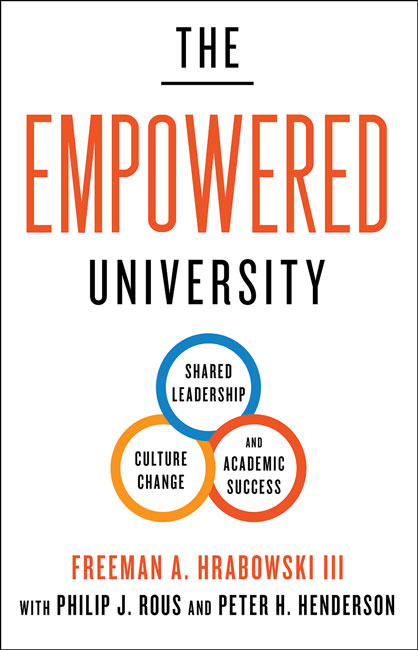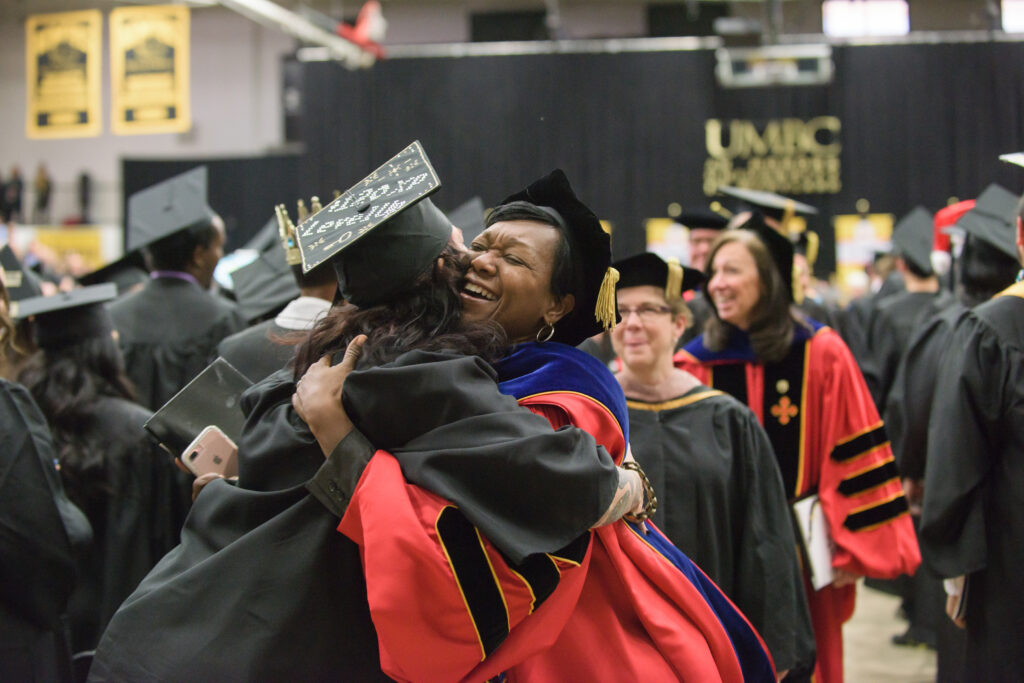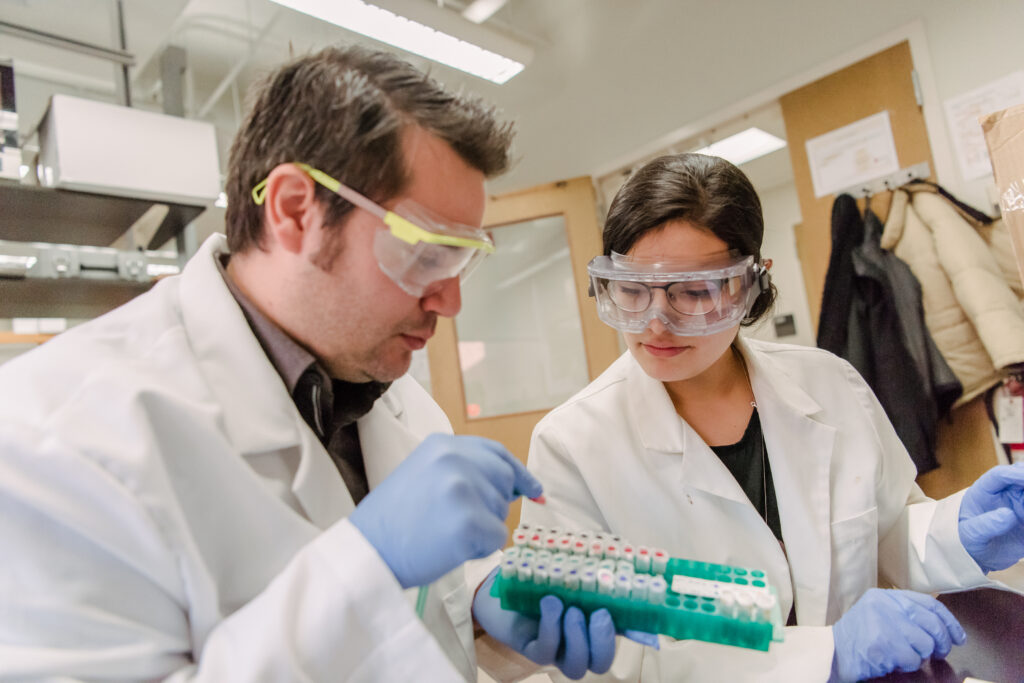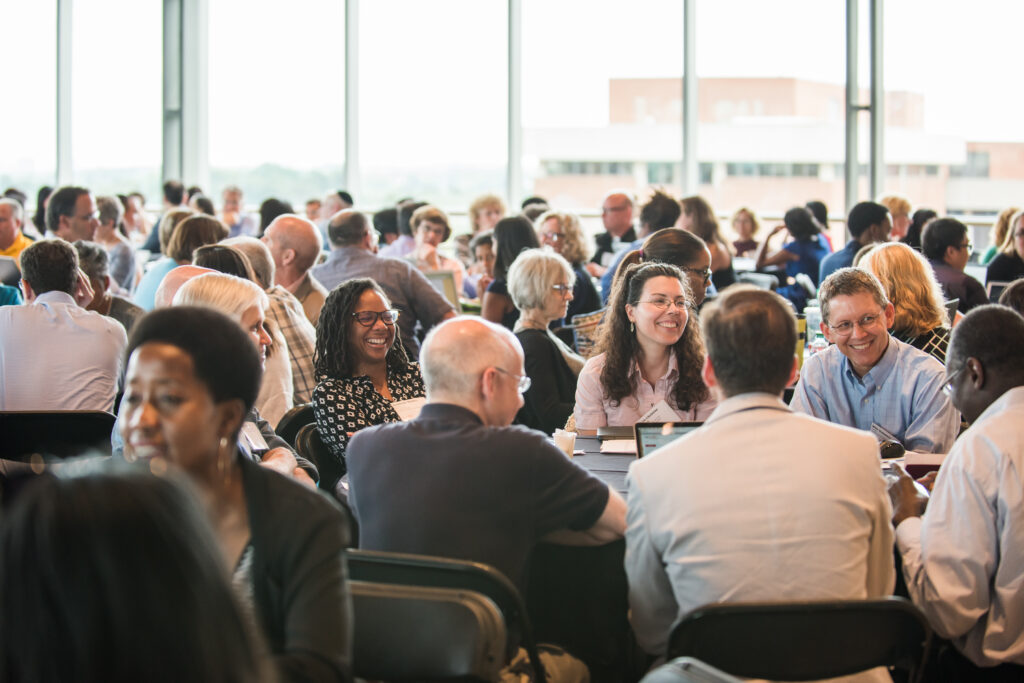A new read on UMBC’s story is now hitting bookstores across the country. The Empowered University details how the UMBC community has come together to tackle some of higher education’s most intractable challenges, and has become a national model for inclusive excellence along the way. It’s a story of how leaders across administration, faculty, staff, and students have worked to get a full, honest view of UMBC’s strengths and weaknesses, and move the university forward.
 UMBC President Freeman Hrabowski will speak about The Empowered University at “Brilliant Baltimore” (November 3, 2 p.m., in the Literary Salon at the USM Columbus Center). UMBC colleagues, students, and alumni are encouraged to attend this free, public talk.
UMBC President Freeman Hrabowski will speak about The Empowered University at “Brilliant Baltimore” (November 3, 2 p.m., in the Literary Salon at the USM Columbus Center). UMBC colleagues, students, and alumni are encouraged to attend this free, public talk.
The book’s subtitle is telling: Shared Leadership, Culture Change, and Academic Success. Readers hear directly from President Hrabowski, with coauthors Provost Philip Rous and senior advisor Peter Henderson. At the same time, the book is full of insights and experiences from all corners of the UMBC community.
Taking on the big challenges
How can universities prepare students to be leaders and change-makers—not just for the future, but in their own communities today? How can universities redesign courses to more actively engage students and prepare them for the future? How can universities more actively welcome and include diverse faculty as well as diverse students?

President Hrabowski narrates the university’s drive to tackle these questions, providing clear and accessible examples from decades of innovation at UMBC. Many of UMBC’s explorations have also been research studies, with program evaluation to determine what works, what doesn’t, and what has the greatest impact for the investment. This means that in addition to boosting student success at UMBC, these innovations can be more readily applied at universities across the country.
Already, UMBC’s tried and tested approaches to providing holistic student support have been implemented at universities in North Carolina, California, Michigan, Pennsylvania, and more. Still, the authors emphasize that supporting students isn’t all about implementing one strategy or another—it’s also creating a healthy, supportive campus culture.

“Culture change is hard as hell”
What does a healthy university community look like? “This quality is expressed in our ability to be reflective; we can look in the mirror and be honest about what we see, good, bad, or challenging,” writes President Hrabowski, in The Empowered University.
And that work takes time. “It is a cliché, but every journey does begin with a single step and a single success that can demonstrate for others what could be. With each success and subsequent success, more and more members of the community began to look at our goals, values, and work in a different way,” President Hrabowski notes.

“Culture change can be imperceptible at times, yet at other times one can recognize that the institution has reached a tipping point,” he writes. “One day, you realize that your campus has changed, the paradigm has shifted, the culture is now perceptibly different. It was in this manner that our campus transformed itself…to ‘unabashedly aspirational.’”
The Empowered University is available in the UMBC Bookstore, as well as Holding Fast to Dreams (2016) and President Hrabowski’s earlier books.
Update: Read Colleen Flaherty’s review of “The Empowered University” through Inside Higher Education.
Featured image: President Hrabowski with UMBC students on the roof of the Administration Building. All photos by Marlayna Demond ’11 for UMBC.
Tags: Hrabowski

